Flavor and taste characteristics of cat shit coffee beans in Bali, Indonesia how about Indonesian boutique Mantenin coffee beans
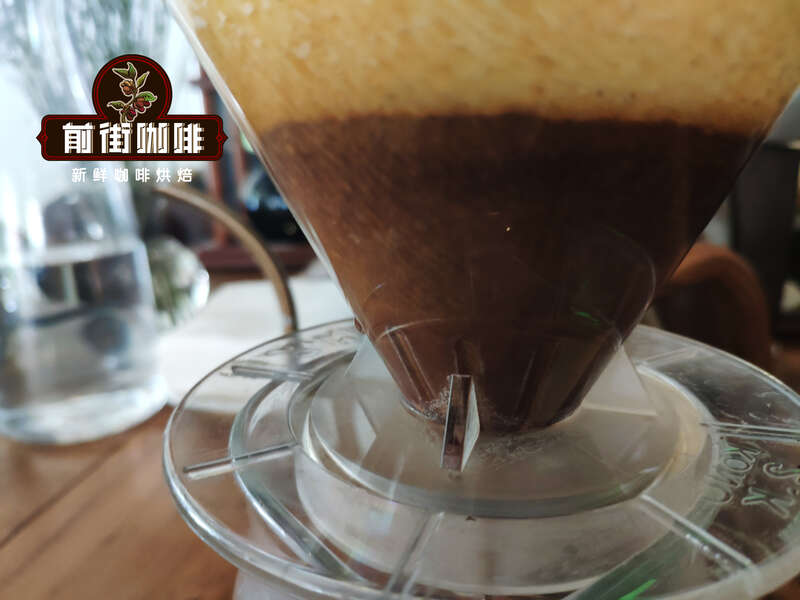
Professional coffee knowledge exchange more coffee bean information please follow the coffee workshop (Wechat official account cafe_style)
Indonesian coffee is most famous for its strong flavor, mellow flavor and slightly syrup flavor, which is very popular in Japan. Today, Qianjie Coffee will introduce another kind of coffee in Indonesia. It comes from Balinese Coffee, a tourist destination.
Indonesia is made up of more than 17,000 islands scattered over the volcanic belt of the equator. Indonesia straddles both sides of the equator. The hot and humid rainforest climate is rich in rainfall and the fertile volcanic loam brings rich nutrients. The best growing areas in the whole Indian archipelago are in Java, Sumatra and Sulawesi.
Indonesian coffee flavor
On the whole, Indonesian coffee has a strong flavor, mellow taste, slightly syrup flavor and excellent acidity, and its two main export markets are Germany and Japan, which reflects the excellent quality of the coffee. What attracts consumers is the unique quality of its Arabica coffee beans. Indonesian coffee is very strong, mellow and slightly syrup-flavored, with the disadvantage that it may also be uncomfortable and difficult or slightly moldy, while others are earthy.
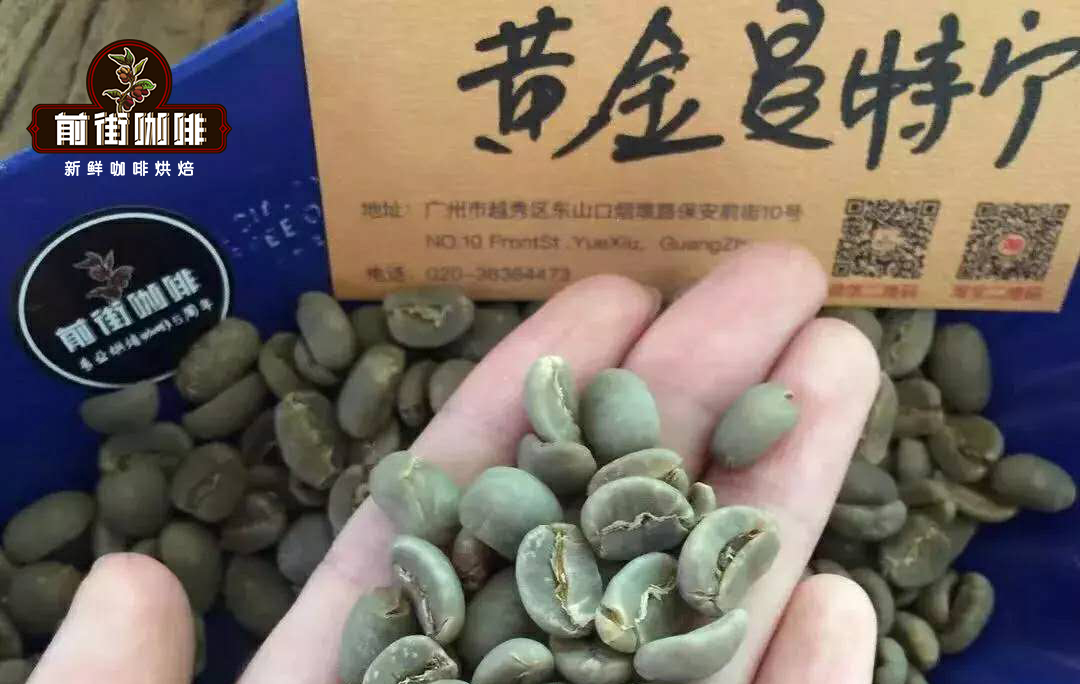
History of Coffee cultivation in Indonesia
Coffee trees were introduced to Indonesia by the Dutch in the mid-17th century (some official sources believe it was earlier), and few Dutch first spread coffee to Central and South America in the 1820s. Coffee spread from the Dutch colonies to French Guiana and Brazil. During the colonization process, the Dutch grew coffee in Malaba, India, and brought it to Batavia, what is now Indonesia-Java, in 1699. At that time, Indonesians called this new crop "KOPI", which is still used today.
The first batch of coffee from Java was sold to Amsterdam in 1712. However, in 1877, due to a major environmental disaster, coffee trees on all plantations were destroyed by coffee rust, and Robusta coffee trees had to be imported from Africa to replace the original species. Indonesia's Robusta coffee accounts for about 85% of the total production, while Arabica accounts for 15%, while Robusta is grown in southern Sumatra and Arabica in northern Sumatra. At present, the coffee planting area in Indonesia is more than 1 million hectares, 90% of which are operated by small farmers.
Today, only 6 per cent of coffee beans are Arabica beans. Indonesia is one of the world's four largest coffee exporters, producing 6.8 million bags of coffee a year, with more than half of the coffee coming from small plantations, accounting for about 90 per cent of total production.
Sumatra:
The best coffee in Sumatra comes from two places: in Aceh, north of Sumatra, near Lake Tawar and the mountains that surround Lake Toba further south. Due to many sharecropper producers and the use of their unique semi-washing treatment and lack of iron in the soil, coffee beans in this area have a special blue color at the stage of fresh beans.
Gold Manning is produced in the northern Sumatra (Lindong) region of Indonesia. The harvest operation is limited to picking ripe fruit from a single fruit by hand to ensure the quality of its initial selection of beans. Coffee cherries are processed by SEMI-WASHED semi-washing, dried in the natural sun, shelled and then processed through another drying and refining process, two times of raw bean cleaning and four times of Hand-Pick manual selection. Therefore, it can be said that it is a strict selection of top Manning coffee. Huang Jinman marked "PWN" is the abbreviation of Indonesia's Pawani company, whose gold Manning coffee has been registered in Indonesia.
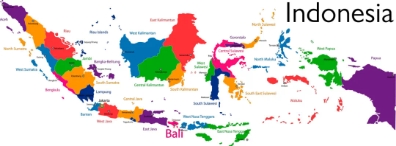
Bali:
Although they are members of Indonesian coffee, coffee farmers in Bali feel that the quality of Indonesian coffee is uneven and does not match the quality of Bali coffee, so they set up their own doors and call themselves "Balinese coffee" to show the difference between Indonesian coffee and Indonesian coffee. Bali is not only rich in Arabica coffee beans, but also rich in robusta coffee. According to data, Bali Golden Coffee is made by grafting the roots of Arabica coffee trees and the branches and leaves of Robesta coffee, commonly known as Katim.
Coffee came to Bali relatively late. It was originally grown on the Kintamani Plateau, 1000 to 1500 meters above sea level. Coffee production was deeply affected by the eruption of Gunung Agung in 1963, killing more than 20, 000 people and extensively destroying the eastern part of Bali. In the late 1970s and early 1980s, the government distributed Arabica bean seedlings to boost coffee production, but some thought the effect was limited because about 80% of the island's production today is robusta beans. Although tourism provides the largest income, agriculture employs the most people on the island, while in the past the biggest buyer was Japan, with a harvest period from May to October.
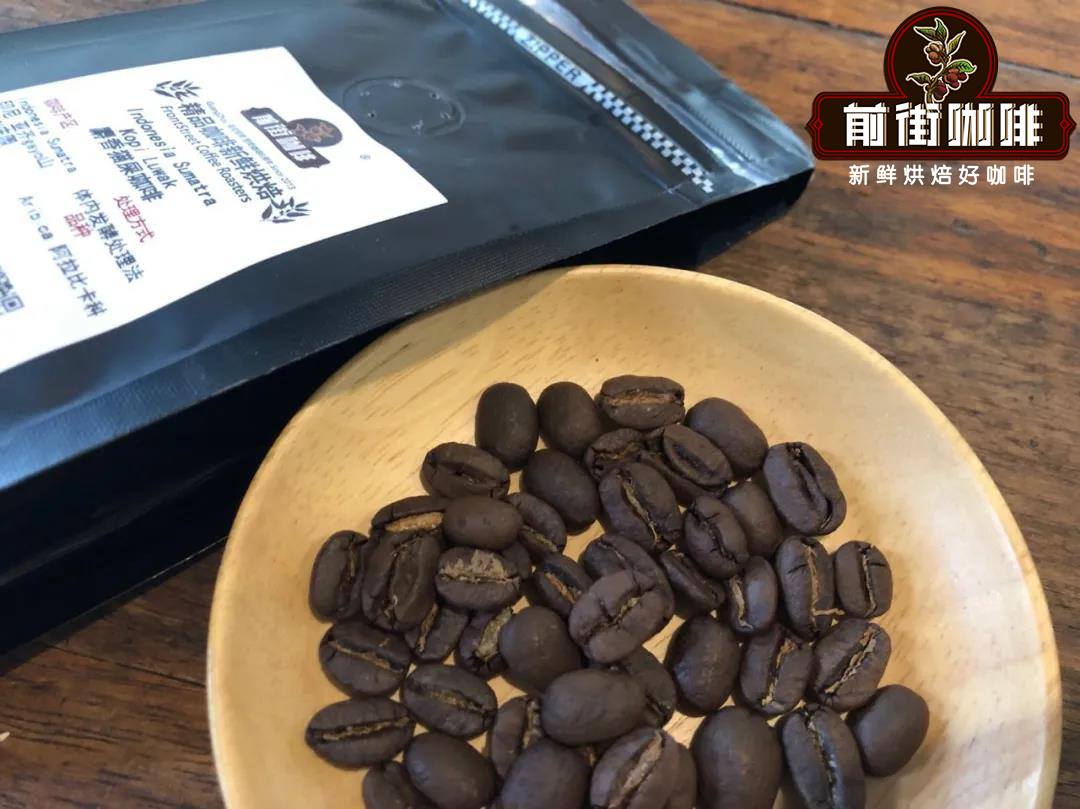
Civet Coffee (Luwak):
Civet coffee, coffee from Bali, is not famous for its source, but for its unique processing mode with a unique new method of treatment. a mammal called civet, after eating ripe coffee berries, is digested only the pulp of the fruit appearance, and the hard coffee beans will be discharged from the body through several processes such as manual selection, cleaning, drying, deodorization, screening, processing and roasting. It becomes "Kopi Luwak". This kind of coffee is one of the rare and most expensive coffee in the world because of its low yield and its rarity and special taste.
Musk cats mainly inhabit tropical rain forests in hills and mountains below 2100 meters above sea level, shrubs and grasses on the edge of subtropical evergreen broad-leaved forests, and choose caves, soil caves or tree caves as habitat sites. The varieties of these coffee beans are generally Robusta, because the civet activities are in the middle and low elevations, so most of the coffee varieties are Robusta. Kopi Luwak production is rare in Arabica at high altitudes.
The low-altitude Robusta coffee in Indonesia originally has the taste of soil and traditional Chinese medicine, and its consistency is also high, so this civet coffee has the fishy flavor of aged beans almost close to that of syrup, and its flavor is very special. if you prefer the fishy smell of Indonesian aged beans or Indian-style soiled beans, you may fall in love with the flavor of civet coffee.
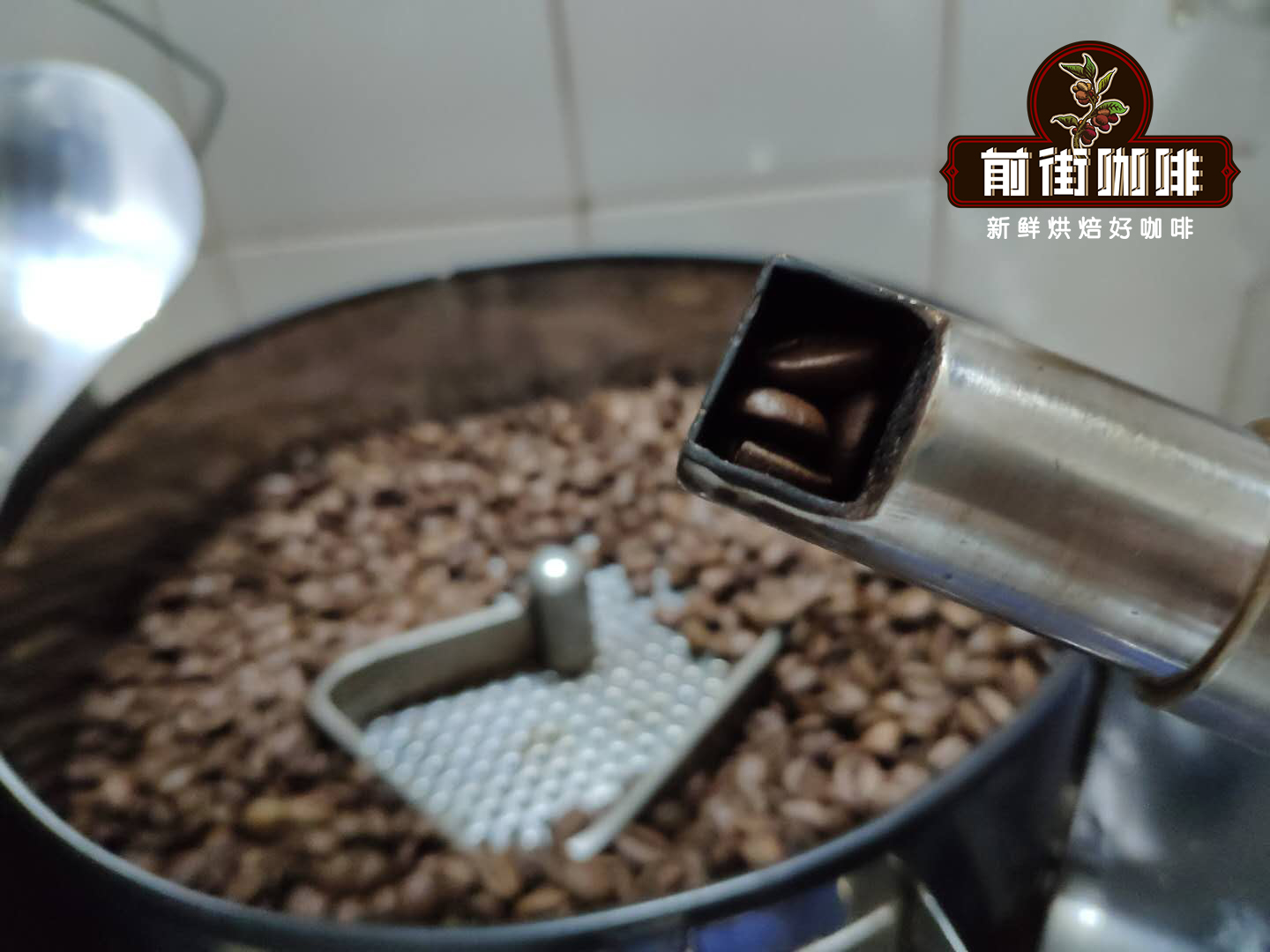
How should Kopi Luwak be cooked?
In order to better show the herbal flavor and mellow taste of Kopi Luwak, Qianjie coffee roasted cat poop coffee beans are roasted at medium depth. The dewatering rate of medium and deep baked beans is generally higher, so the weight is relatively light, and the powder does not sink completely at the bottom when cooking, and the injected water will be absorbed immediately at the beginning, because the exhaust powder is surrounded by bubbles, and the more fresh the beans in these channels, the longer the maintenance time, so that the water level drops rapidly. I usually use thick water to circle slowly.
KONO filter cup, because it can bring out a more round and mellow taste will be more direct. However, the exhaust effect of the KONO filter cup is relatively poor, because his ribs are straight and the depth is only 1/4 of the depth of the filter cup, except for the position of more than 1/4 to form an airtight state close to the cup wall. Will choose KONO filter cup, because the only exhaust part of this filter cup is in the 1/4 ribs, when the water level moves over the ribs, the amount of water in the filter cup continues to rise, increasing pressure through the weight of water, because the outlet is relatively small, it can extend the contact time between coffee particles and water for a longer time, as the current drives it to bring out soluble matter more effectively, which can generally achieve the thickness effect of high alcohol expected by guests.
Cooking parameters: water temperature 86-87 degrees grinding degree: BG#6w powder-water ratio: 1:15 (15g powder 225ml water)
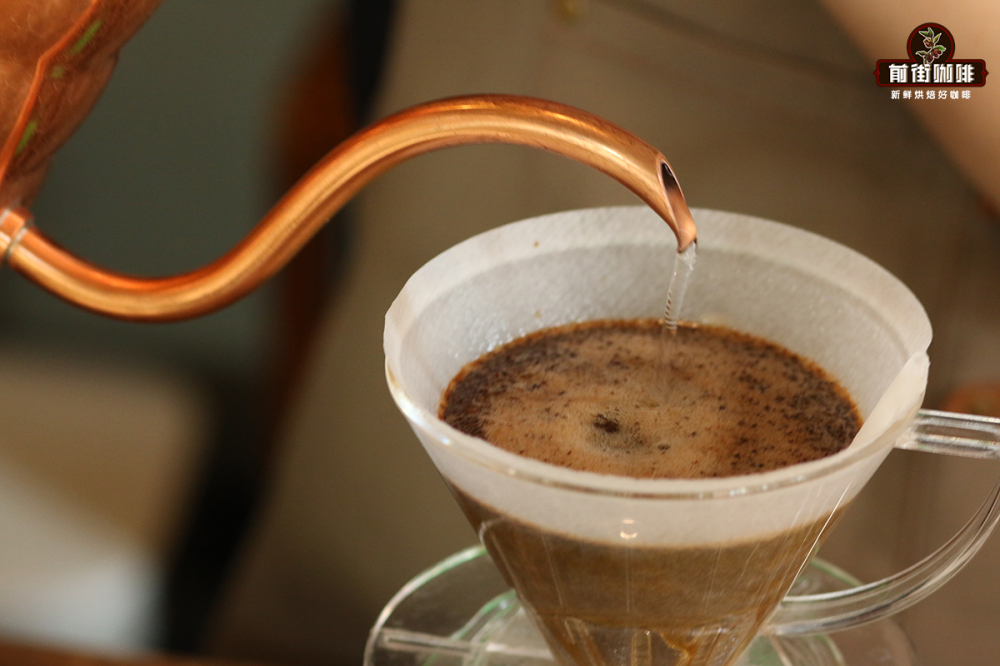
1. The first stage is filled with 30 grams of water and steamed for 25 seconds.
two。 At the end of steaming, the second stage of water is injected, and the value of the electronic scale is 125g. Wait for the water level to drop to half after water injection.
3. The third section of water is injected when the powder bed is about to be exposed, the value of the electronic scale is 225 grams, and the coffee is extracted for a total time of about 50-2 seconds.
Kopi Luwak flavor description: herbs, nuts, smooth, mellow taste.
For more boutique coffee beans, please add private Qianjie coffee on Wechat. WeChat account: kaixinguoguo0925
Important Notice :
前街咖啡 FrontStreet Coffee has moved to new addredd:
FrontStreet Coffee Address: 315,Donghua East Road,GuangZhou
Tel:020 38364473
- Prev
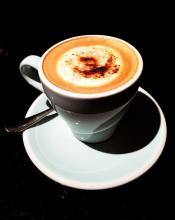
Ugandan coffee beans with fragrant taste introduce the mountains of Ruwensori in the west
Ugandan coffee beans have a unique flavor of delicate taste, which is very suitable for making Italian and other flavors of coffee. More importantly, Ugandan coffee beans are strictly screened according to the standards of the international market to ensure their high quality and pollution-free characteristics. Africa is the hometown of two major varieties of coffee, Arabica and Robusta, while the eastern Africa enjoys a plateau water hometown and a pearl of East Africa.
- Next

Boutique Coffee beans Indonesia Mantenin Coffee beans introduce the Lindong producing area of Sumatra
Aceh Gold TP, from Raminita, is famous in the world as one of its top Mantenin products because it adheres to the strictest quality management of La Minita and the company sends people to Sumatra to provide technical guidance, from planting to processing. And requires the full harvest of ripe fruit. This coffee bean is located in Aceh.
Related
- Detailed explanation of Jadeite planting Land in Panamanian Jadeite Manor introduction to the grading system of Jadeite competitive bidding, Red bid, Green bid and Rose Summer
- Story of Coffee planting in Brenka region of Costa Rica Stonehenge Manor anaerobic heavy honey treatment of flavor mouth
- What's on the barrel of Blue Mountain Coffee beans?
- Can American coffee also pull flowers? How to use hot American style to pull out a good-looking pattern?
- Can you make a cold extract with coffee beans? What is the right proportion for cold-extracted coffee formula?
- Indonesian PWN Gold Mandrine Coffee Origin Features Flavor How to Chong? Mandolin coffee is American.
- A brief introduction to the flavor characteristics of Brazilian yellow bourbon coffee beans
- What is the effect of different water quality on the flavor of cold-extracted coffee? What kind of water is best for brewing coffee?
- Why do you think of Rose Summer whenever you mention Panamanian coffee?
- Introduction to the characteristics of authentic blue mountain coffee bean producing areas? What is the CIB Coffee Authority in Jamaica?

